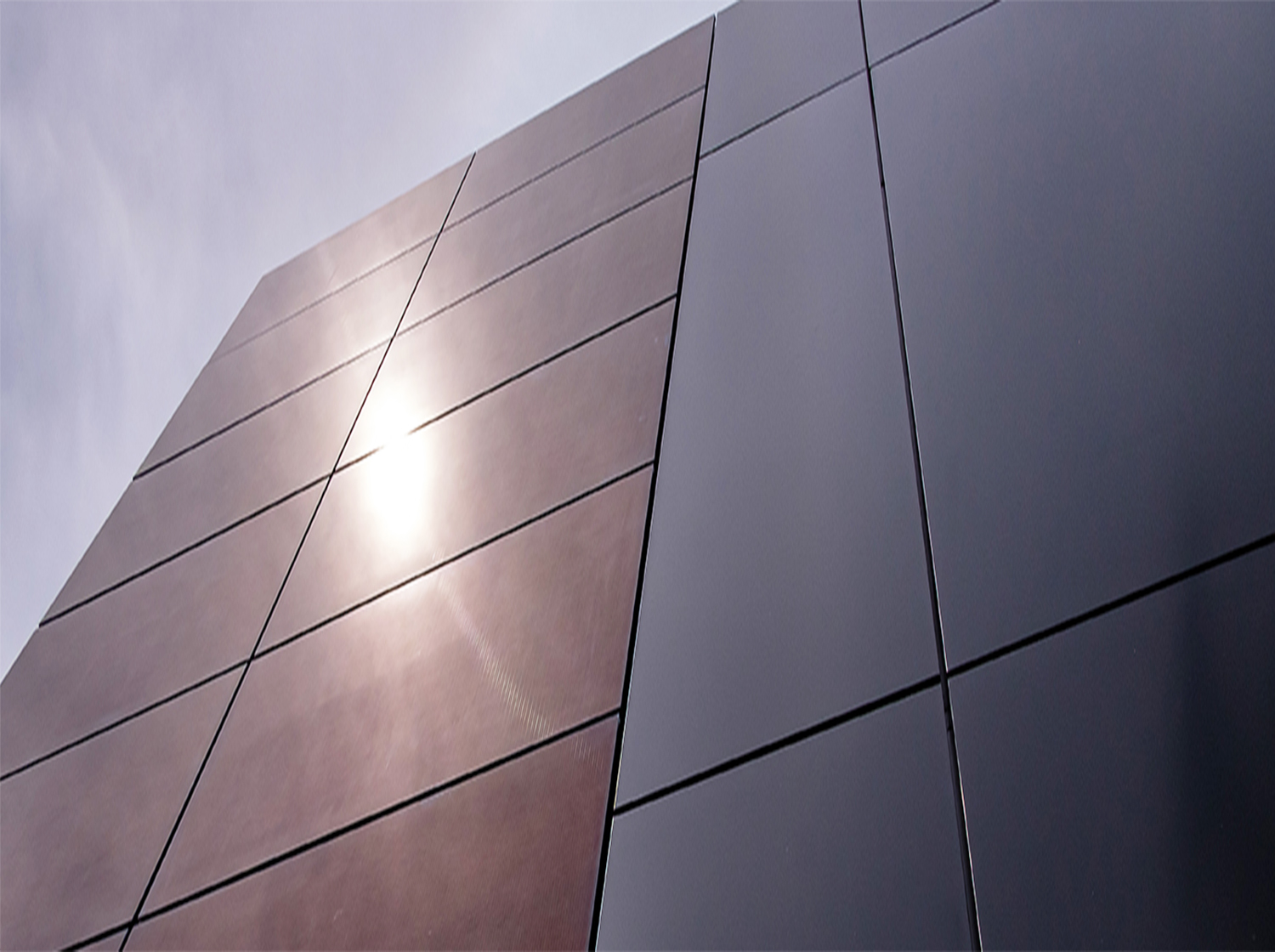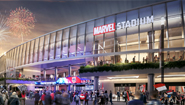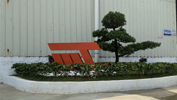The Unyielding Shield: Aluminum Cladding's Remarkable Weather Resistance
Author:Jayminton Time:2024-06-25

aluminum Cladding stands as a testament to the marriage of functionality and aesthetics in modern architecture. Beyond its sleek appearance, one of its most celebrated attributes is its unparalleled ability to withstand the harsh realities of weather. This article delves into the reasons behind aluminum cladding's remarkable weather resistance and its implications for construction and design.
Understanding Aluminum Cladding
Aluminum cladding involves the application of aluminum sheets or panels to the exterior of buildings. This process serves multiple purposes: it enhances the structure's visual appeal, provides insulation, and crucially, protects against environmental elements.
Key Factors Contributing to Weather Resistance
Corrosion Resistance: Aluminum naturally forms a thin oxide layer upon exposure to air, which protects it from corrosion. This oxide layer is exceptionally stable, even in challenging environments like coastal areas where saltwater and humidity prevail.
UV Stability: Unlike some materials that degrade under UV exposure, aluminum cladding maintains its color and structural integrity over time. This UV stability ensures that buildings clad with aluminum retain their aesthetic appeal without fading or discoloration.
Thermal Expansion: Aluminum's low coefficient of thermal expansion allows it to expand and contract minimally with temperature changes. This property reduces the risk of cracking or warping, which can compromise the building envelope's integrity.
Resistance to Extreme Weather: From scorching heat to freezing cold, aluminum cladding provides a reliable barrier against the elements. It shields buildings from heavy rain, snow, and wind, maintaining comfort and safety indoors.
Applications and Benefits
Architectural Versatility: Architects and designers appreciate aluminum cladding for its versatility. It allows for creative freedom in façade design while ensuring long-term performance in various climates.
Durability and Longevity: Buildings clad with aluminum require minimal maintenance compared to alternatives like wood or vinyl. This durability translates into cost savings over the building's lifecycle.
Environmental Sustainability: Aluminum is fully recyclable, making it an eco-friendly choice for sustainable construction practices. Its durability reduces the need for replacements, further minimizing environmental impact.
Case Studies
- One Central Park, Sydney: The use of aluminum cladding helped achieve both aesthetic and environmental goals in this landmark sustainable development.
- Burj Khalifa, Dubai: Despite Dubai's extreme climate, the aluminum cladding on the world's tallest building has proven its ability to endure and protect.
Challenges and Considerations
While aluminum cladding boasts exceptional weather resistance, its initial cost and potential for denting under extreme impact require careful consideration during material selection and installation. Proper maintenance and periodic inspections can mitigate these concerns, ensuring prolonged performance.
Conclusion
Aluminum cladding stands at the forefront of modern construction materials, offering unmatched weather resistance alongside aesthetic appeal and sustainability. Its ability to endure the harshest elements while maintaining structural integrity makes it a preferred choice for architects, developers, and homeowners alike. As innovation continues to drive advancements in building materials, aluminum cladding remains a steadfast solution for resilient and enduring building exteriors.

 S1 Clip-in Metal ceiling System
S1 Clip-in Metal ceiling System JMT-L4.2 U-Baffle System
JMT-L4.2 U-Baffle System JMT Aluminum Wall Cladding
JMT Aluminum Wall Cladding Aluminum Honeycomb Panel
Aluminum Honeycomb Panel Air-Condenser Cover
Air-Condenser Cover Metal Heat Cover
Metal Heat Cover Singapore Changi Airport T2 Arrival
Singapore Changi Airport T2 Arrival Australia Marvrl Stadium City Edge
Australia Marvrl Stadium City Edge Enterprise Information Announcement
Enterprise Information Announcement Construction Industry Solutions
Construction Industry Solutions About Jayminton
About Jayminton Contact US
Contact US